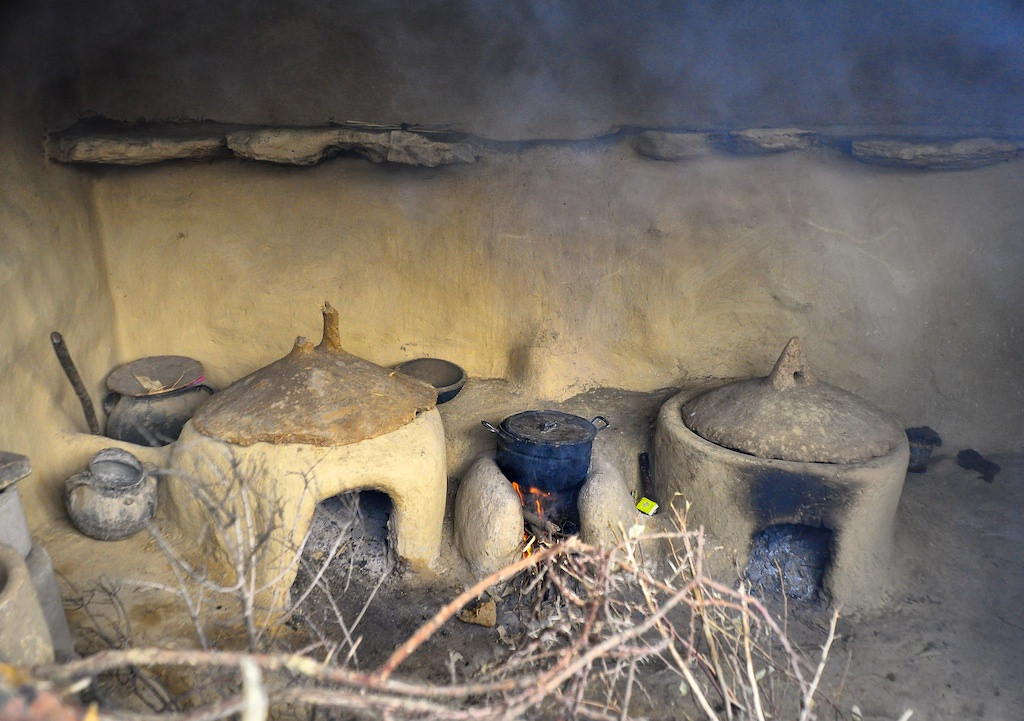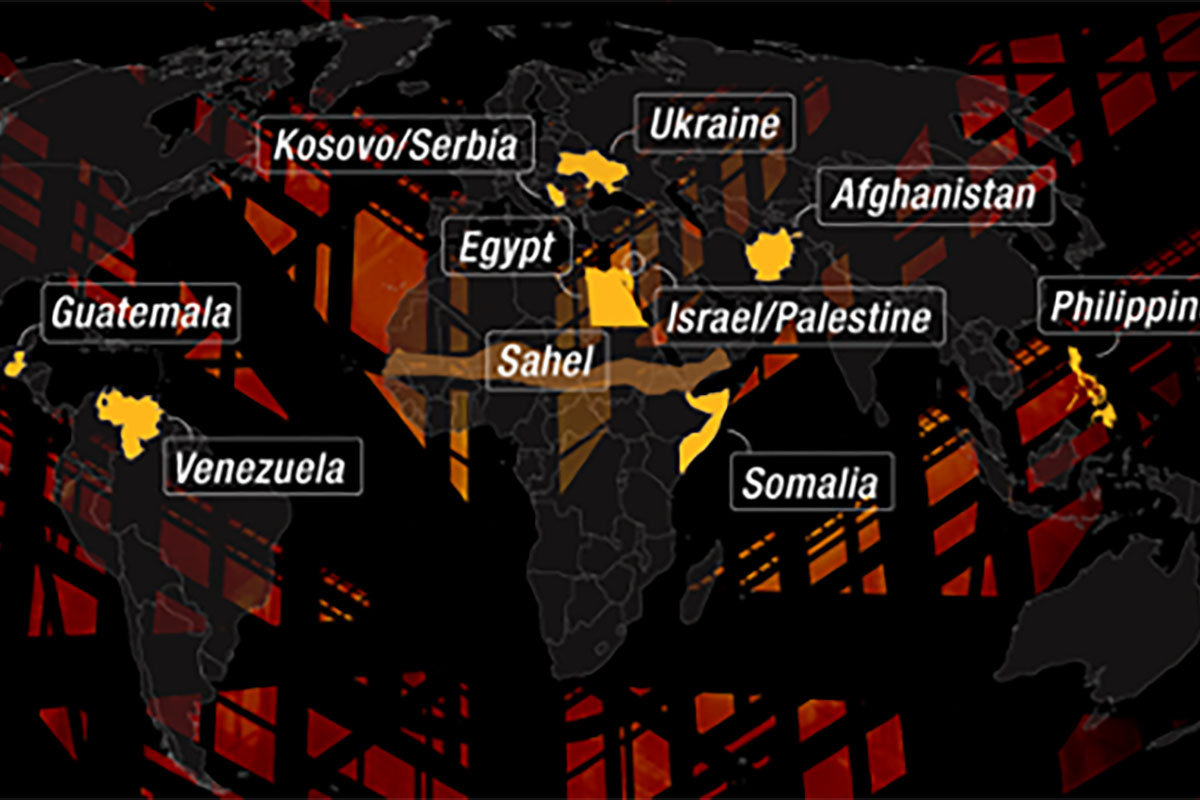“A bright future for energy stove users”
August 5th, 2015 Smoky kitchen stoves endanger women’s health and use scarce resources, but Judith Akoth, 23, a Commonwealth Correspondent from Kisumu in Kenya, says cleaner and more efficient alternatives are becoming available.
Smoky kitchen stoves endanger women’s health and use scarce resources, but Judith Akoth, 23, a Commonwealth Correspondent from Kisumu in Kenya, says cleaner and more efficient alternatives are becoming available.
The kitchen is a place where we cook our daily meals. Due to the nature of activities that take place in our kitchens, it is essential for them to be kept clean to avoid contaminating our food, surfaces or culinary equipment.
Traditionally the kitchen was mainly used by women, however in our contemporary society where gender equality is desired, men have also acquired bragging rights in these places of cooking. However, in Africa patriarchy is dominant in most households and the kitchen is highly regarded as the place for women in the household. Recently in Kenya’s Kisii County a bizarre incident occurred when a man buried his wife in the kitchen as a show of love, and consequently her final resting place.
Due to this socialization the female is highly associated with the kitchen. Sadly enough, recent research has revealed that the traditional kitchen is highly contaminated with poisonous gases which affect the eyes and result in serious respiratory diseases. Women and children are most vulnerable to these toxins. Why is this so? In rural areas, especially in developing countries, women still use solid fuel and open-fire stoves as cooking devices. The perception is that these fuels are affordable and easily accessible. Unfortunately this illusion is costing many their lives.
A local newspaper, The Daily Nation, on April 26th 2015 reported ‘’findings by health expert as well as the United Nations reported that the continued use of open fire to either cook or heat homes during cold weather exposes women to toxic gases that slowly killed them. UN statistics indicate that in Kenya, at least 14,300 women die every year from inhaling the gases…the other seven counties include Ghana that registers at least 13,400 deaths per year, Nigeria (70,000) Uganda (13,400), Bangladesh (78,000), China (1.04 million) and India (1.02 million)”.
These shocking figures reveal the obvious dangers women encounter in their kitchens, some with fatal outcomes. Fortunately great efforts have been made to reduce the presence of these poisonous gases by introducing various kinds of energy-saving stoves. These stoves are gaining popularity in indigenous homes, and many women are satisfied with the cooking device and happy with its bundle of benefits.
Firstly, these stoves are hygienic. They have one entry, and exit points used to insert firewood and remove ashes from the stove, thus keeping the kitchen tidy.
The stoves also dramatically improve the health, life expectancy and overall well-being of the whole family since they produce less poison-harbouring smoke. Unlike open stoves, which can use wet firewood that produces a lot of smoke, energy-saving stoves can only use dry firewood, which emits less smoke. This reduces health risks associated with toxic gases and therefore minimizes deaths.
Energy-saving stoves can have multiple fire places installed. This allows the user to cook different meals all at once, hence saving time. Another benefit associated with this stove is that it uses less firewood because it retains heat. It cooks longer and reduces firewood expenses. Money that would have otherwise been used for the purchase of firewood can be saved for other expenses. In addition, the stove can be a source of income. Those who have mastered the skill of building the stoves can sell them to other users and earn income from those sales. Moreover, the stove is affordable because it is made using locally available materials such as clay and mud.
Most importantly, the stove is a means of sustaining our environment by reducing air pollution, since it emits less smoke and reduces the number of trees cut for firewood.
These stoves are a source of hope to many who have endured exposure to toxic gases for years. These people can now look forward to a healthier future by adopting the energy-saving stove today for a brighter tomorrow!
photo credit: Cooking Stoves, Tigray via photopin (license) …………………………………………………………………………………………………………………
About me:
I am a confident and articulate graduate who enjoys engagement in journalism clubs and associations. Young yet mature; I am interested in inculcating my skills in conflict management in regards to politics, ethnic and religious inspired conflicts.
I believe our future generations have a right to live in a peaceful environment that allows for holistic development. Currently I am a blogger and a volunteer at Community Based Organisations.
………………………………………………………………………………………………………………
Opinions expressed in this article are those of the author and do not necessarily represent the views of the Commonwealth Youth Programme. Articles are published in a spirit of dialogue, respect and understanding. If you disagree, why not submit a response?
To learn more about becoming a Commonwealth Correspondent please visit: http://www.yourcommonwealth.org/submit-articles/commonwealthcorrespondents/
…………………………………………………………………………………………………………………






